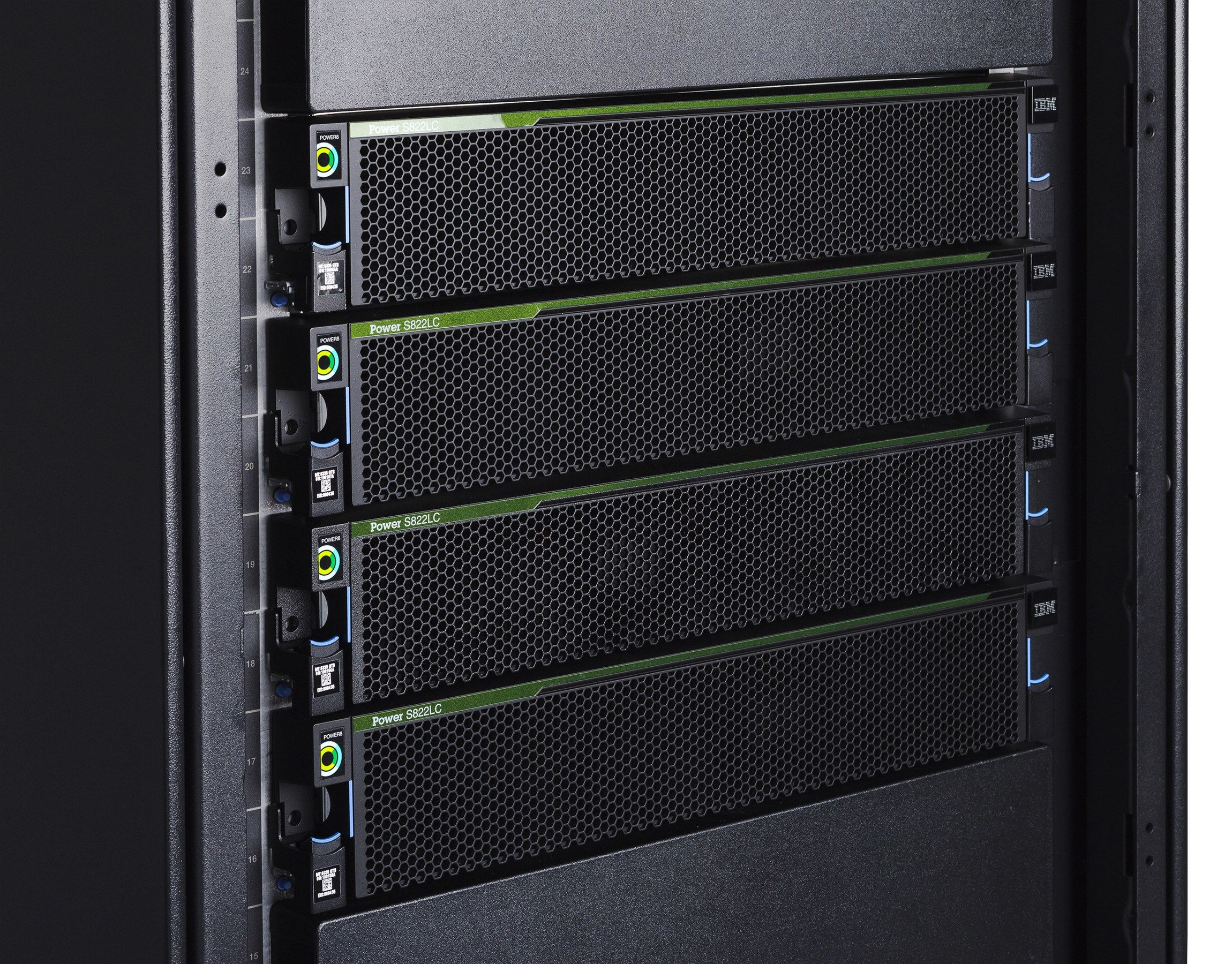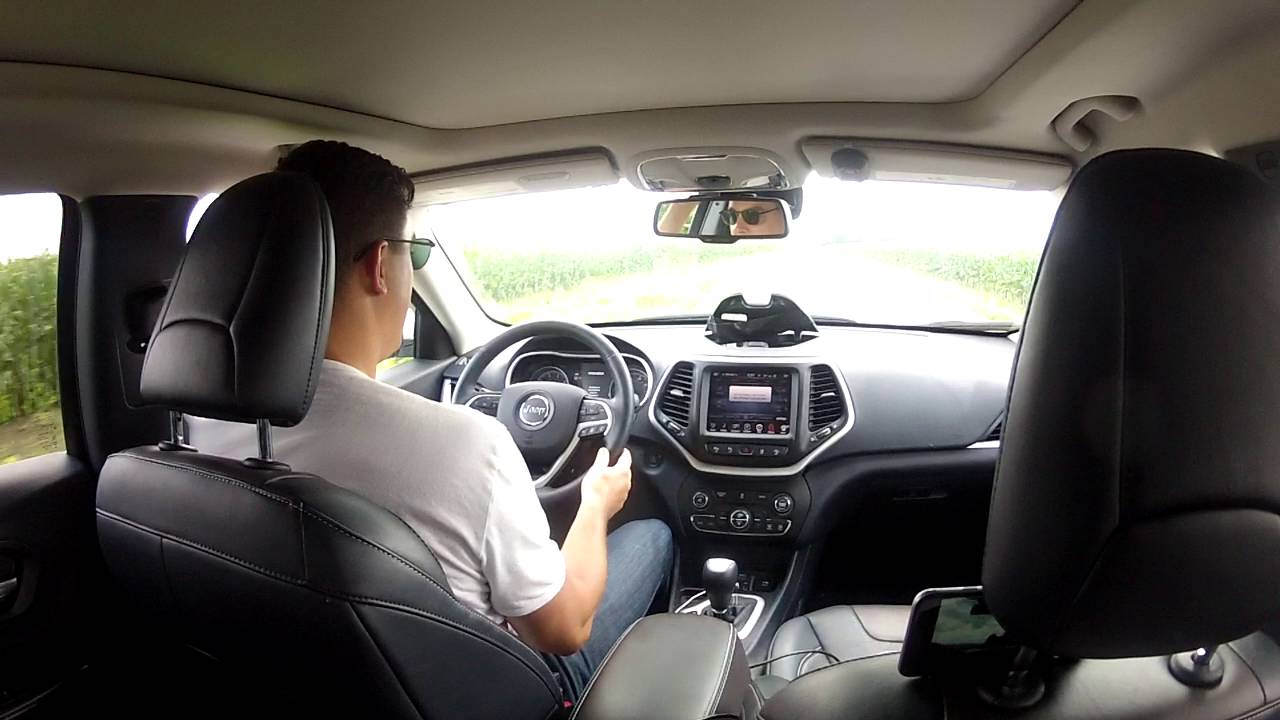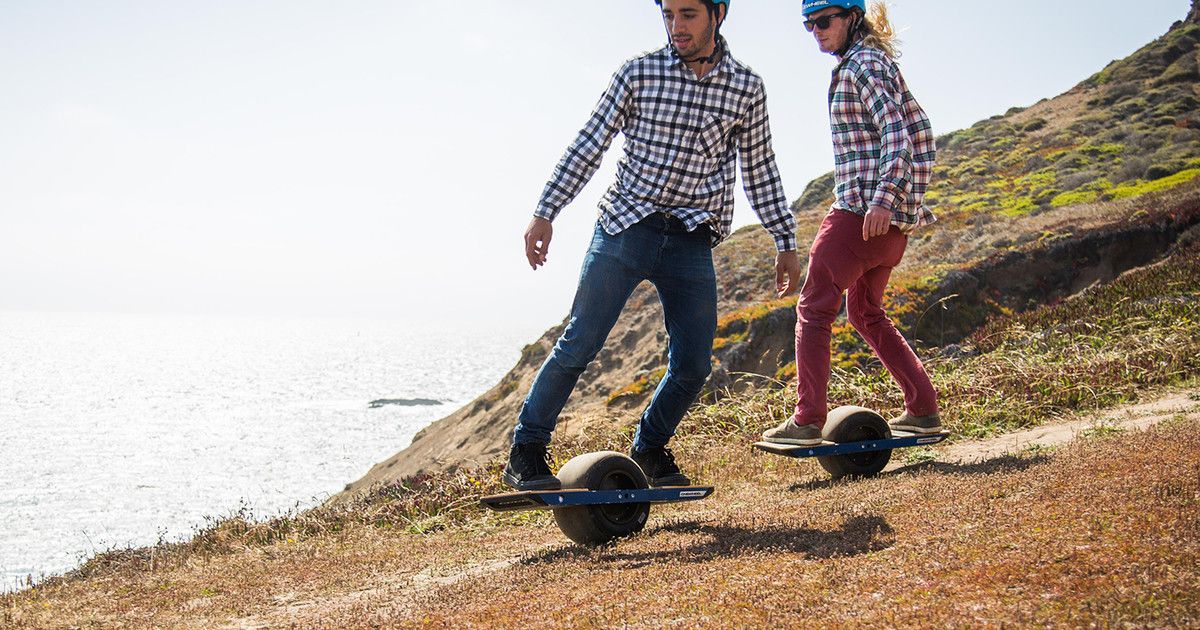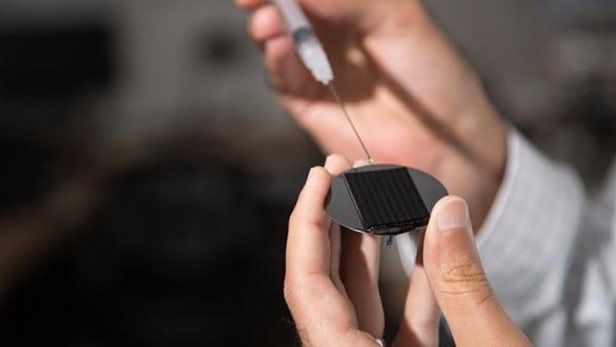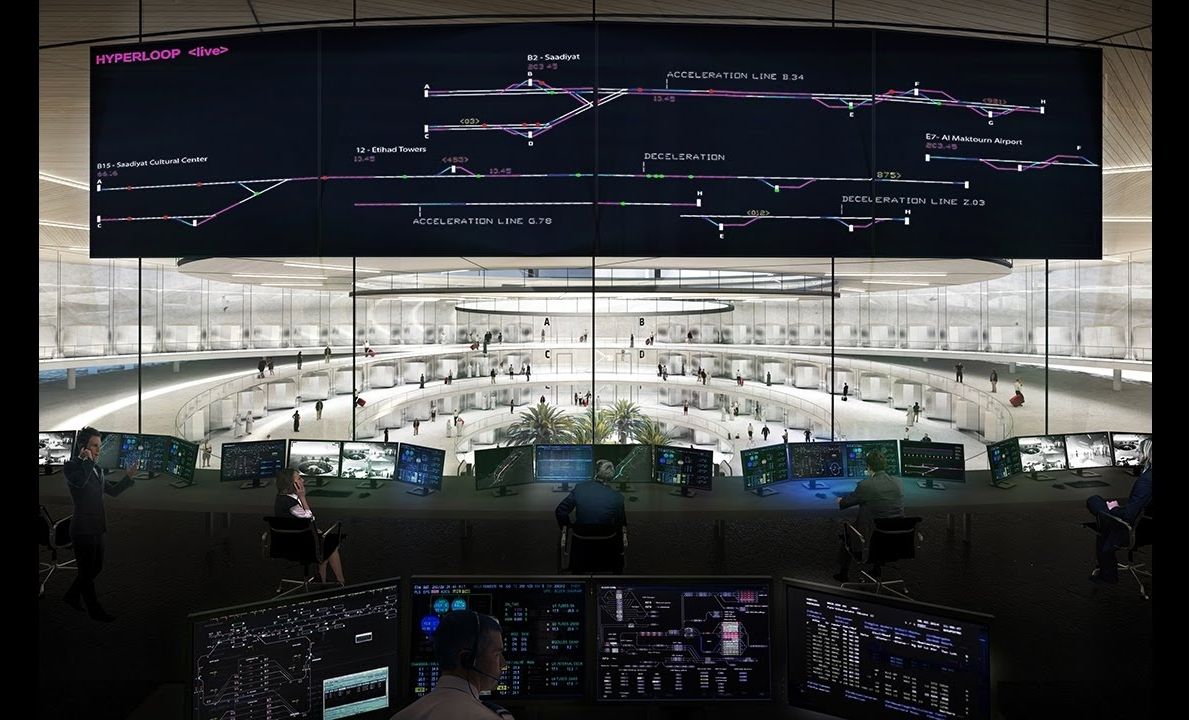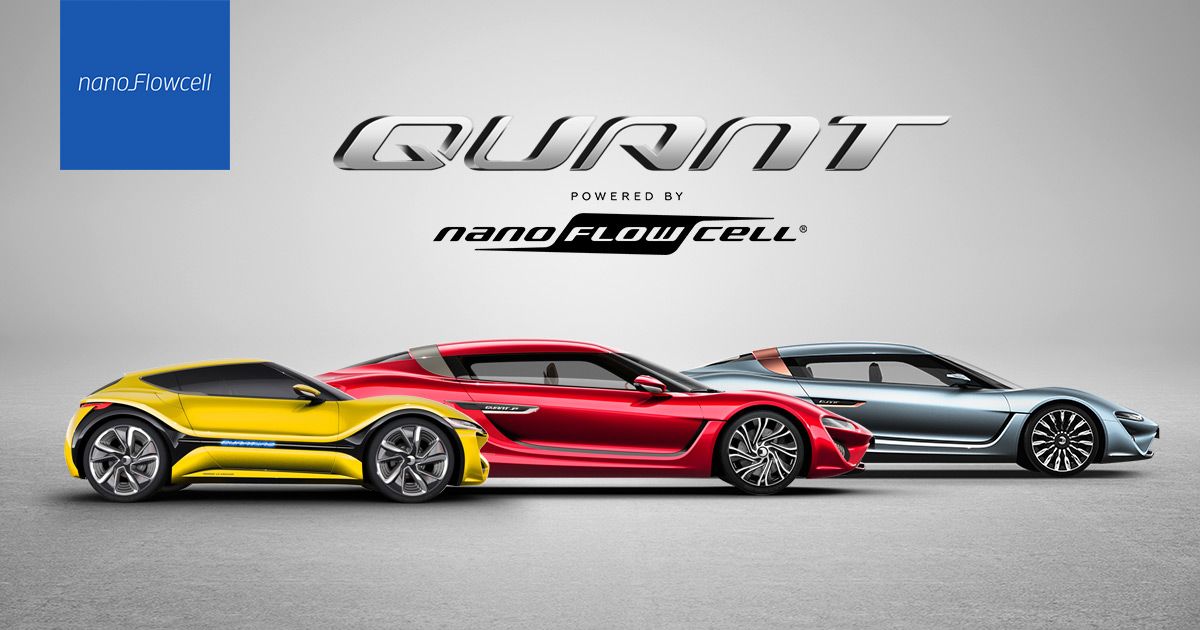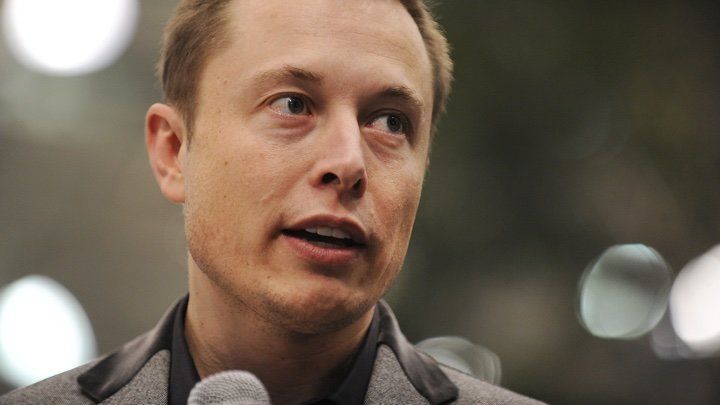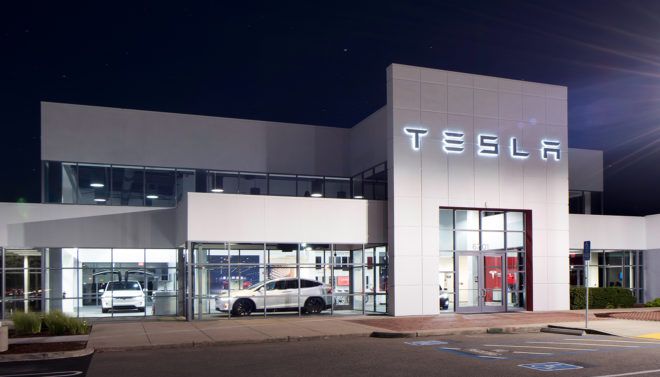The categories of AI.
Click here to learn more about author James Kobielus.
Artificial intelligence (AI) is all the rage these days. However, people often overlook the fact that it’s a truly ancient vogue. I can’t think of another current high-tech mania whose hype curve got going during the days when Ike was in the White House, “I Love Lucy” was on the small screen, and programming in assembly language was state of the art.
As AI’s adoption grows, we run the risk of belittling the technology’s potential if we continue to fixate on the notion that it’s “artificial.” When you think of it, all technologies are artificial, pretty much by definition. Cars are artificial transportation, houses are artificial shelters, and so on.

